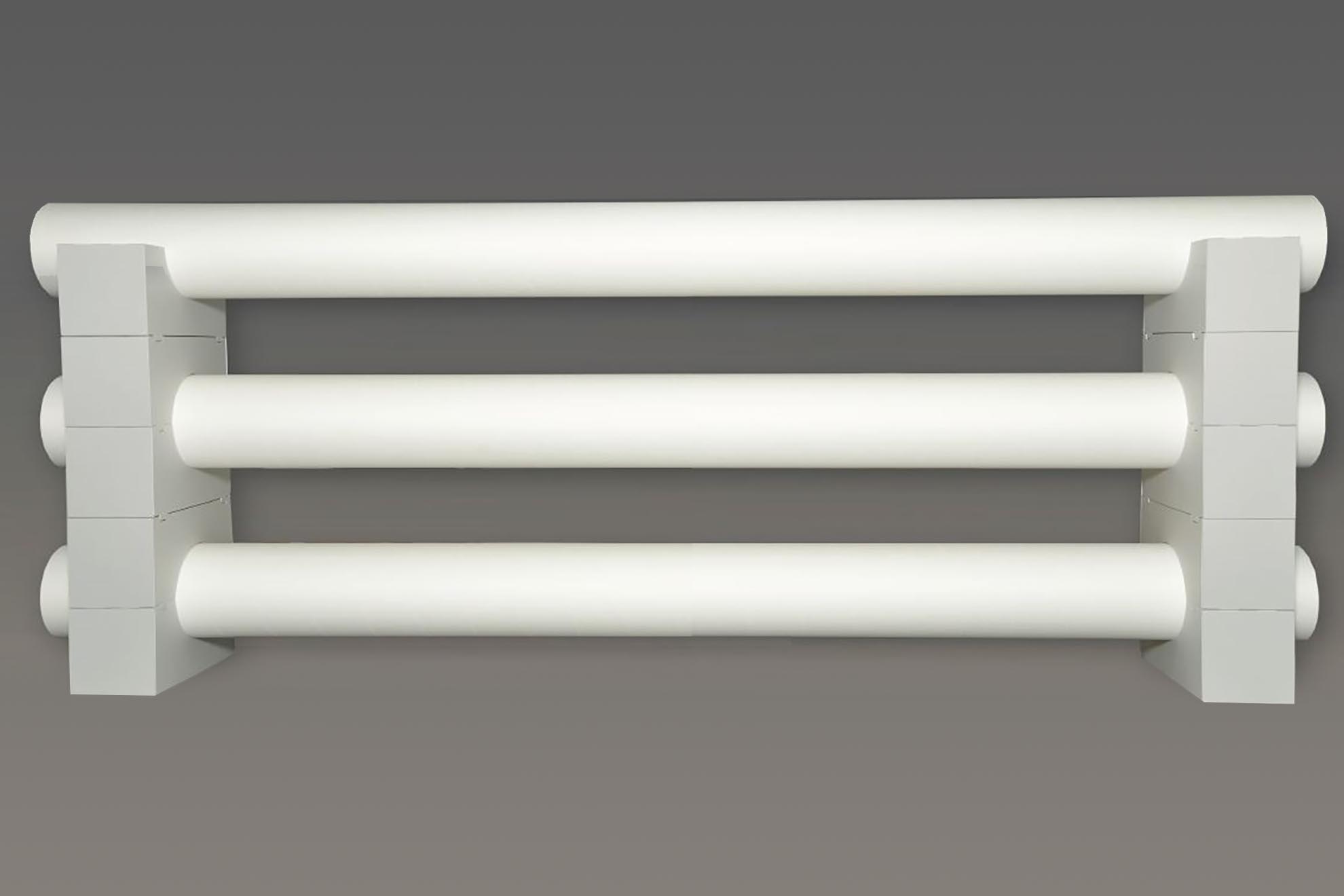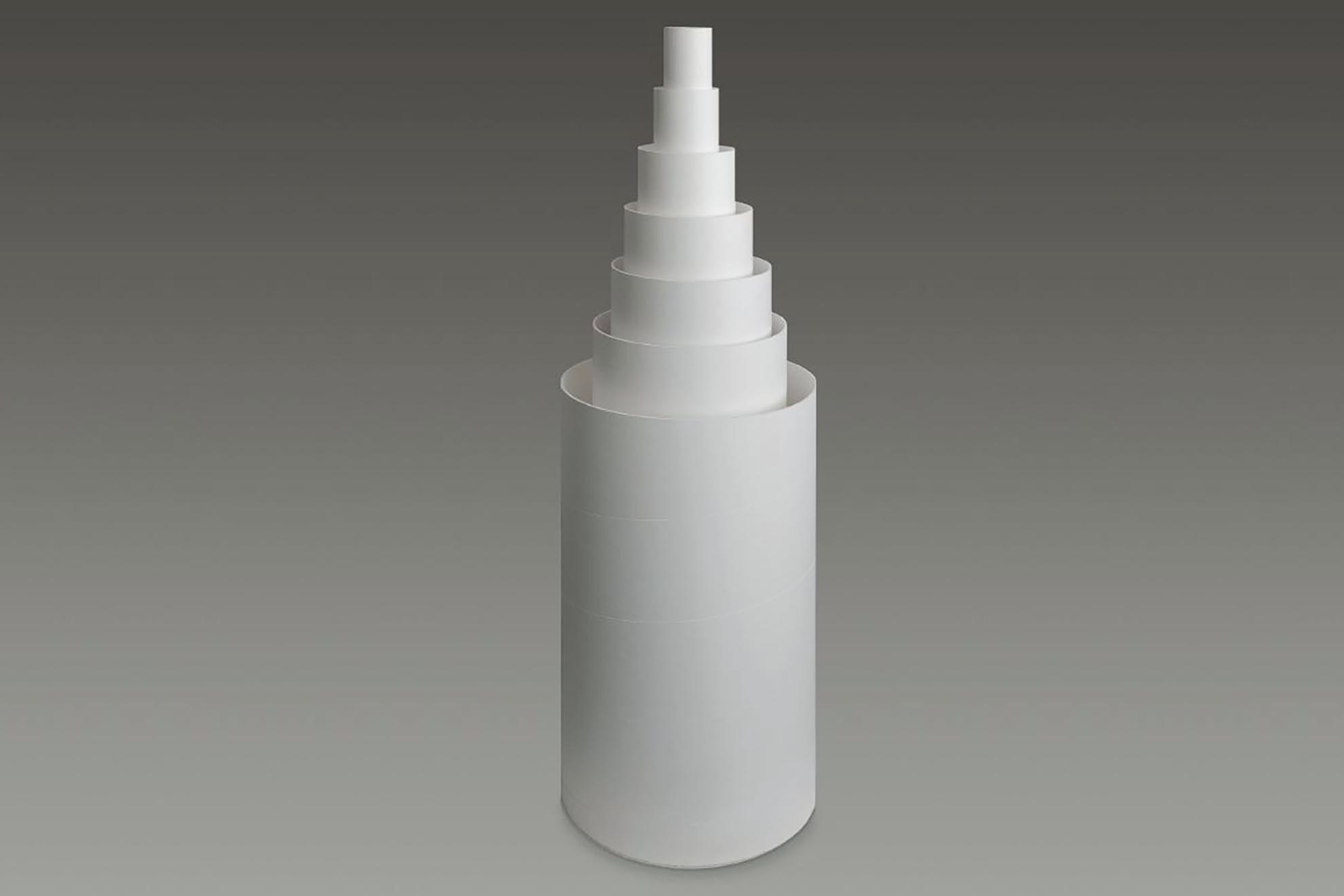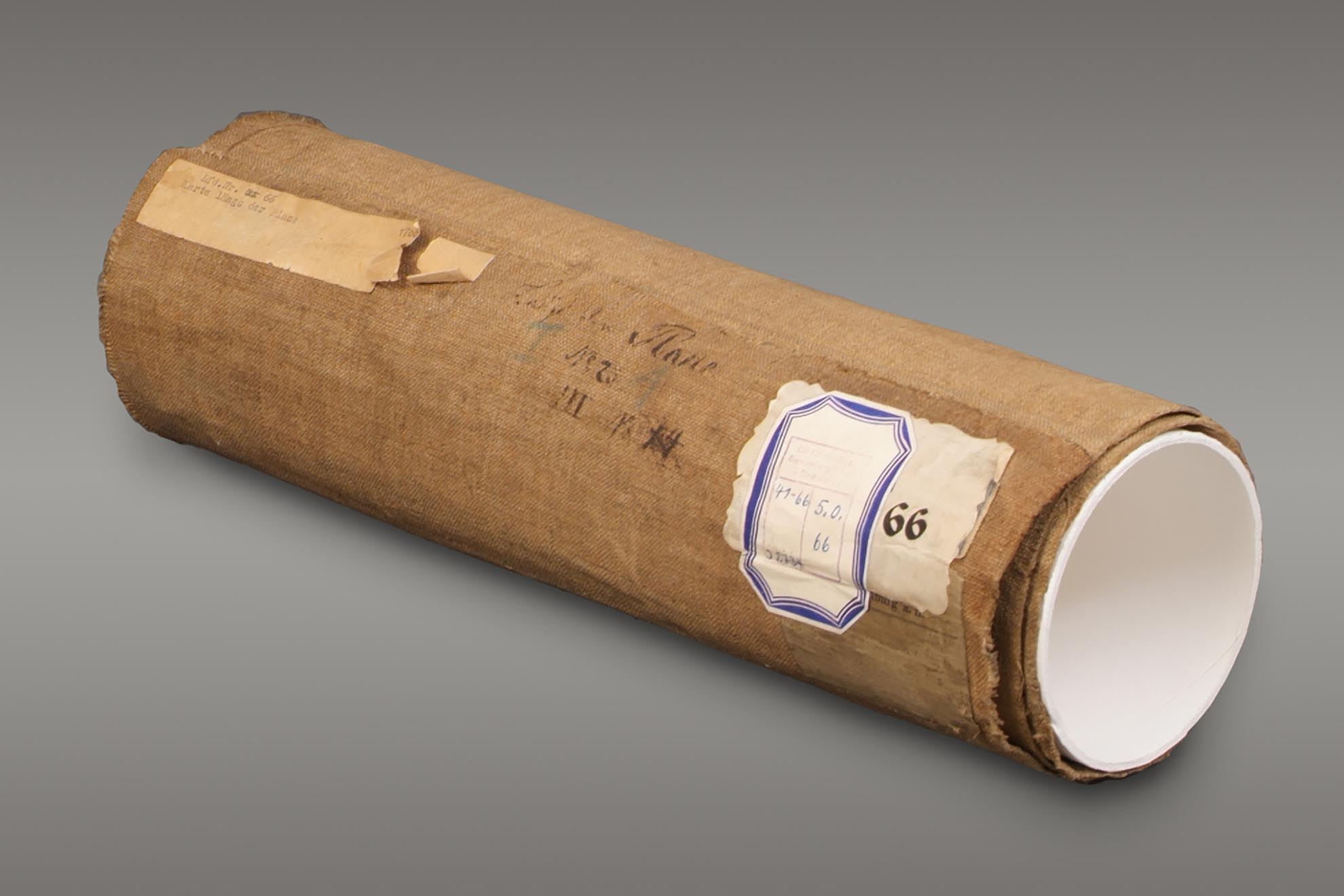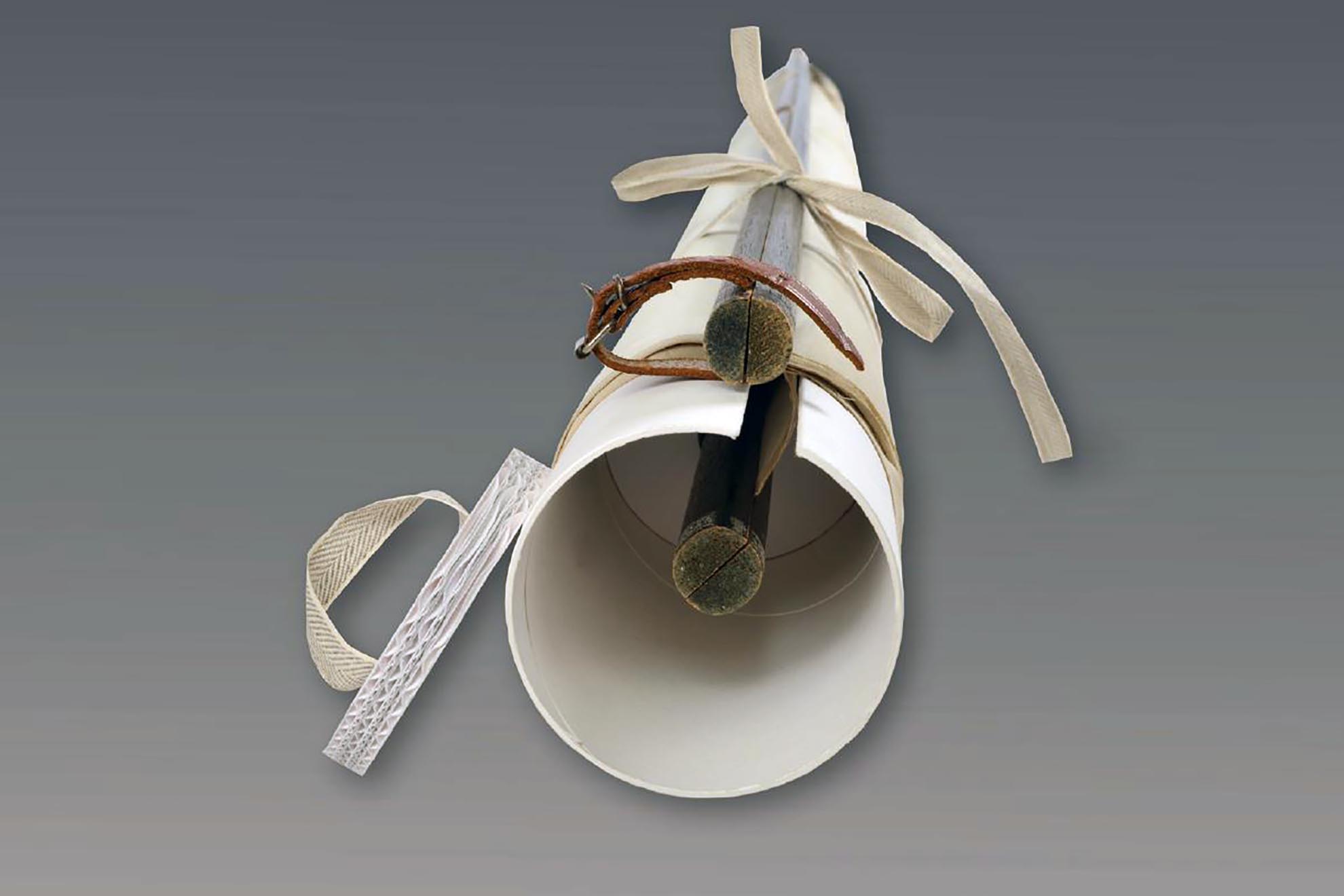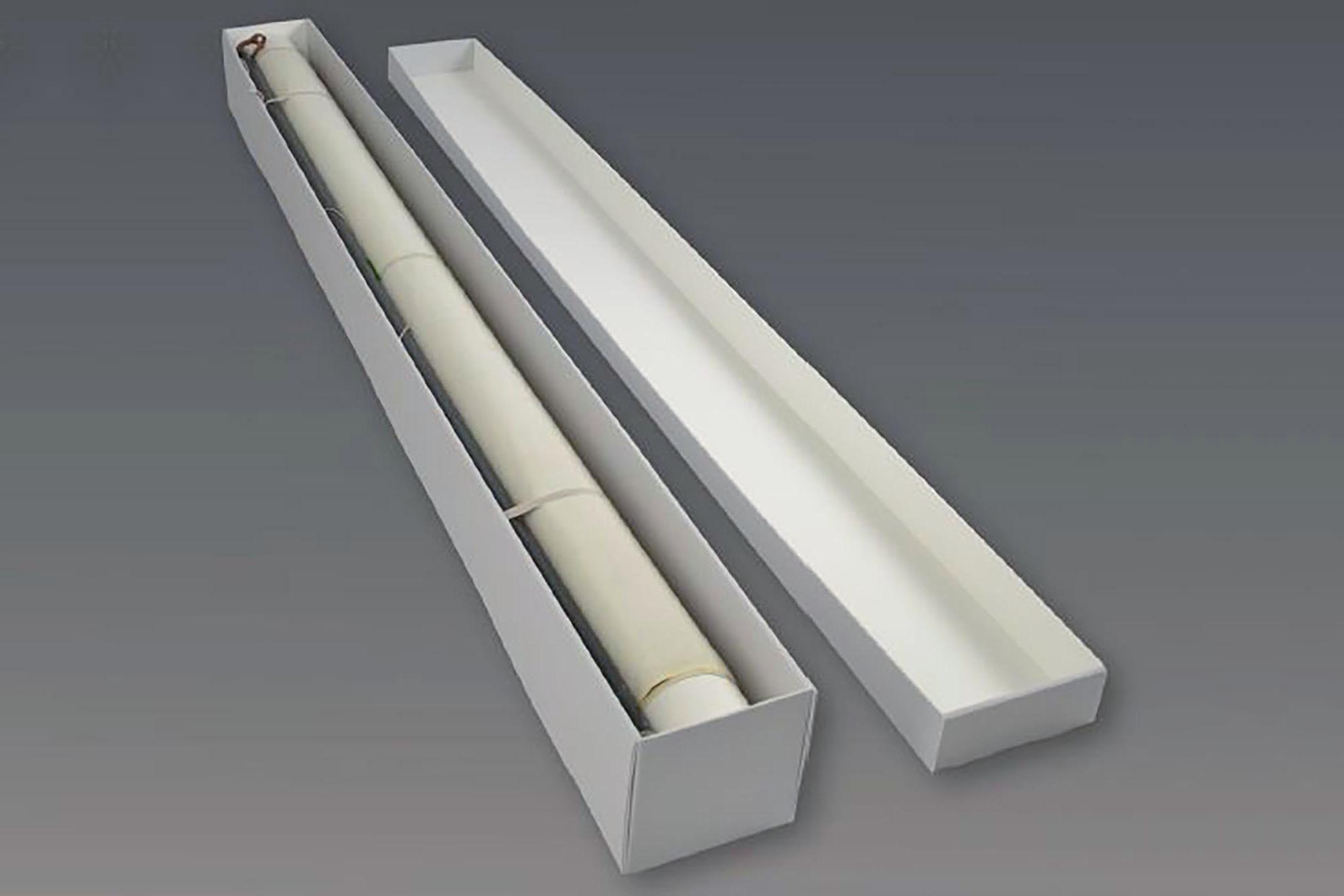SchemppBox Type 8: Tubes
Non-ageing archive tubes are used for the safe storage of large-format rolled objects such as maps, plans or drawings.
The objects can be inserted into the tubes or the tubes can be used as a winding core, for example, for flags, carpets and other collection items.
Sensitive historical maps that are too large to be stored flat can be wound around tubes with a large diameter so that minimal bending of the material occurs and stresses are largely avoided during rolling and unrolling
The cores are wound from ageing-resistant museum cardboard (spiral winding).
Covers are available in plastic.
We have the following diameters with the respective wall thickness and maximum length in our range:
- Ø 75 mm with a wall thickness of 1.5 mm
maximum length 2 metres - Ø 100 mm with a wall thickness of 2.0 mm
maximum length 4 metres - Ø 150 mm with a wall thickness of 2.5 mm
maximum length 4 metres - Ø 200 mm with a wall thickness of 3.0 mm
maximum length 4 metres - Ø 250 mm with a wall thickness of 3.5 mm
maximum length 4 metres - Ø 300 mm with a wall thickness of 4.0 mm
maximum length 4 metres - Ø 400 mm with a wall thickness of 5.0 mm
maximum length 4 metres - Ø 600 mm with a wall thickness of 7.0 mm
maximum length 4 metres
All tubes can also be cut to any individual desired length.
Extension of tubes beyond 4 m (or beyond 2 m for 75 mm diameter) is possible by means of a plug-in construction.
- Museum board, natural white
- 1.5 mm to 7 mm
- acid-free, free of lignin
- Kappa number: 1.0
- pH value of the cold water extract: 8.7
- Alkali reserve of calcium carbonate:
0.8 mol/kg or 38 g/kg - neutrally sized
The completed tubes meet the requirements of DIN ISO16245 A and have passed the Photographic Activity Test (PAT).
Special designs are also possible for tubes.
For the proper storage of wall maps or posters with wooden runners, tubes are cut open and provided on the inside with special supports on which the inner of the two wooden runners rests.
For the optimal protection of rolled objects, the floating storage of a sleeve in a slip lid box is suitable. Here the sleeve is placed on supports (SB 07),
which are glued into a slip lid box. The tube is held in place by transport locks at the ends, which can be easily removed, making it easier to take the tube out of the box.
Optionally, we also manufacture lifting aids that make it easier to lift out the tubes.
